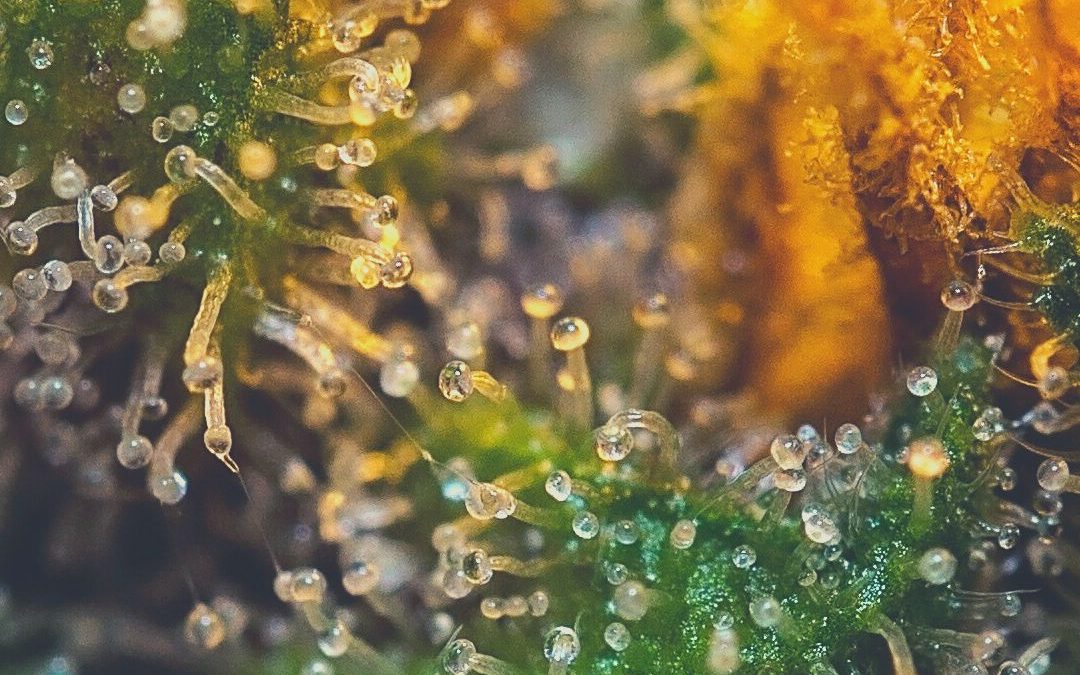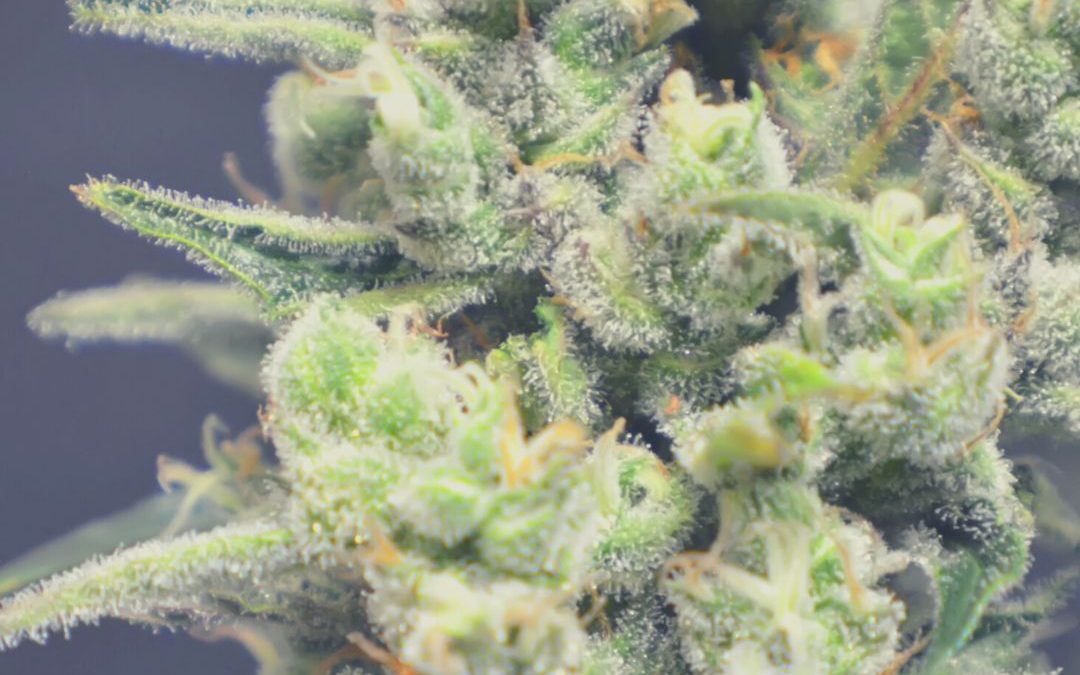
The Amazing Science Behind Terpenes.
The Amazing Science Behind Terpenes.
Terpenes are organic compounds found in many plants, including cannabis. These compounds are responsible for the distinct aromas and flavors of different cannabis strains, and they also have a range of potential health benefits. In this article, we will explore the science behind terpenes, including their chemical structure, how they are produced in cannabis plants, and their potential therapeutic effects.
The Amazing Science Behind Terpenes.
First, let’s take a look at the chemical structure of terpenes. These compounds are made up of isoprene units, which are five-carbon molecules that can be linked together in various ways to form different types of terpenes. The number of isoprene units in a terpene determines its classification, with monoterpenes containing two units, sesquiterpenes containing three units, and diterpenes containing four units. The arrangement of the isoprene units in a terpene molecule also affects its properties, such as its aroma and therapeutic potential.
Terpenes are produced in cannabis plants in glands called trichomes. These glands are located on the surface of the plant’s leaves, flowers, and stems, and they contain a range of different compounds, including terpenes. The specific mix of terpenes produced by a cannabis plant is determined by its genetics and the conditions under which it is grown. Different strains of cannabis can have vastly different terpene profiles, which is why different strains can have such distinct aromas and flavors.
In addition to their role in providing the characteristic aromas and flavors of cannabis, terpenes are also believed to have a range of therapeutic effects. Many terpenes have been shown to have anti-inflammatory, antioxidant, and pain-relieving properties, and some research suggests that they may also have the potential to improve mood and reduce anxiety. For example, the terpene limonene, which is found in many citrus fruits and also in some strains of cannabis, has been shown to have anxiety-reducing and mood-elevating effects in animal studies. Another terpene, beta-caryophyllene, which is found in black pepper and certain cannabis strains, has been shown to have anti-inflammatory effects in animal studies.
While more research is needed to fully understand the potential therapeutic effects of terpenes, many people are already using cannabis products that are rich in these compounds to help manage a range of health conditions. For example, some people use cannabis strains that are high in the terpene linalool, which is also found in lavender, to help with anxiety and insomnia. Others may use strains that are high in the terpene myrcene, which is found in mangoes and some cannabis strains, to help with pain and inflammation.
In conclusion, terpenes are fascinating compounds that are responsible for the characteristic aromas and flavors of cannabis. These compounds are produced in cannabis plants in glands called trichomes, and their specific mix is determined by the plant’s genetics and the conditions under which it is grown. In addition to their role in providing the distinct aromas and flavors of different cannabis strains, terpenes are also believed to have a range of potential therapeutic effects, including anti-inflammatory, antioxidant, and pain-relieving properties. While more research is needed to fully understand the potential health benefits of terpenes, many people are already using cannabis products that are rich in these compounds to help manage a range of health conditions.
.
Check out more articles like this here.
To learn more about cannabinoids, check out Cannabinoids. What is the latest research?
Follow us on LinkTree
To watch cannabis videos click here




